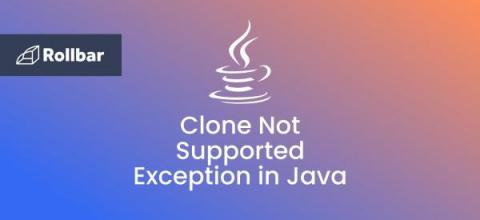How to Handle the Unknown Host Exception in Java
The UnknownHostException is an exception in Java that is thrown to indicate that the IP address of a host could not be determined. Since the UnknownHostException is a checked exception, it either needs to be thrown or surrounded by a try-catch block in code.











